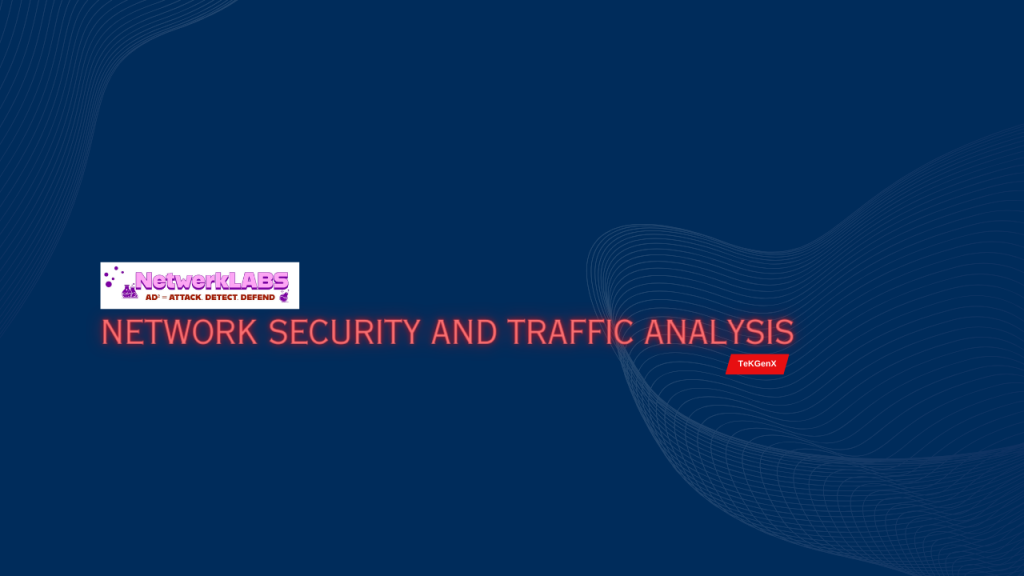Posted inDETECT Threat Hunting SOC Analyst
Log Analysis: Basics
Understanding Logs in Infrastructure Systems Logs and Their Role Logs are time-sequenced messages recording events within a system, device, or application. Essential for insights into the inner workings of infrastructure…









